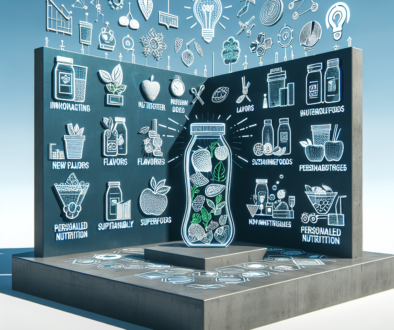Experimental Study On Construction Of Tissue Engineered Adipose With Human Adipose-Driven Mesenchymal Stem Cells And Genipin Cross-Linked Type I Sponge Collagen Experimental Study On Construction Of Tissue Engineered Adipose With Human Adipose-Driven Mesenchymal Stem Cells And Genipin Cross-Linked Type I Sponge Collagen Scaffold In Vitro
Keywords
Adipose Tissue Engineering, Type I Collagen, Scaffold Materials, Genipin, Human Adipose Mesenchymal Stem Cells
Abstract
Objective To explore the feasibility of constructing tissue engineering fat in vitro using human adipose mesenchymal stem cells (hADSCs) and genipin-cross-linked type I collagen. Methods Well-growing third-generation h ADSCs were selected and induced to differentiate into hemangioendothelial cells. h ADSCs and induced vascular endothelial cells were inoculated on the scaffold material at a ratio of 4:1 and co-cultured as group A, h ADSCs alone were inoculated as group B, and induced vascular endothelial cells were inoculated alone as group C. After the three groups of cells were inoculated on the scaffold material, adipogenesis was induced for 5 to 7 days. The cell-scaffold complex was stained with Oil Red O, and the adipogenesis-specific gene peroxisome proliferator-activated receptor ¦Ã was detected by reverse transcription-PCR. -2 (PPAR¦Ã-2) expression, and scanning electron microscopy to observe the growth of cells on the scaffold material. Results: All three groups of cells grew well on the material. Reverse transcription-PCR could detect the expression of PPAR¦Ã-2 in the complexes of groups A and B, but no expression of PPAR¦Ã-2 in group C; Oil red O staining showed that after adipogenesis induction, both groups A and B successfully induced the production of a large amount of mature There was no adipocyte formation in group C. There was a statistically significant difference in the number of adipocytes on the scaffold materials between groups A and B and group C (P<0.01). Conclusion After induction and differentiation of h ADSCs into hemangioendothelial cells, they are co-cultured with h ADSCs seeded on the scaffold material. After adipogenesis induction, mature adipoid cells can be generated in the genipin cross-linked type I collagen scaffold material. For further information of this article and research, feel free to contact our team for asssitance. Original research was done by Wang Gang, Liu Yi, Kang Ting, Liu Gangqiang
About ETChem
ETChem, a reputable Chinese Collagen factory manufacturer and supplier, is renowned for producing, stocking, exporting, and delivering the highest quality collagens. They include marine collagen, fish collagen, bovine collagen, chicken collagen, type I collagen, type II collagen and type III collagen etc. Their offerings, characterized by a neutral taste, and instant solubility attributes, cater to a diverse range of industries. They serve nutraceutical, pharmaceutical, cosmeceutical, veterinary, as well as food and beverage finished product distributors, traders, and manufacturers across Europe, USA, Canada, Australia, Thailand, Japan, Korea, Brazil, and Chile, among others.
ETChem specialization includes exporting and delivering tailor-made collagen powder and finished collagen nutritional supplements. Their extensive product range covers sectors like Food and Beverage, Sports Nutrition, Weight Management, Dietary Supplements, Health and Wellness Products, ensuring comprehensive solutions to meet all your protein needs.
As a trusted company by leading global food and beverage brands and Fortune 500 companies, ETChem reinforces China’s reputation in the global arena. For more information or to sample their products, please contact them and email karen(at)et-chem.com today.



